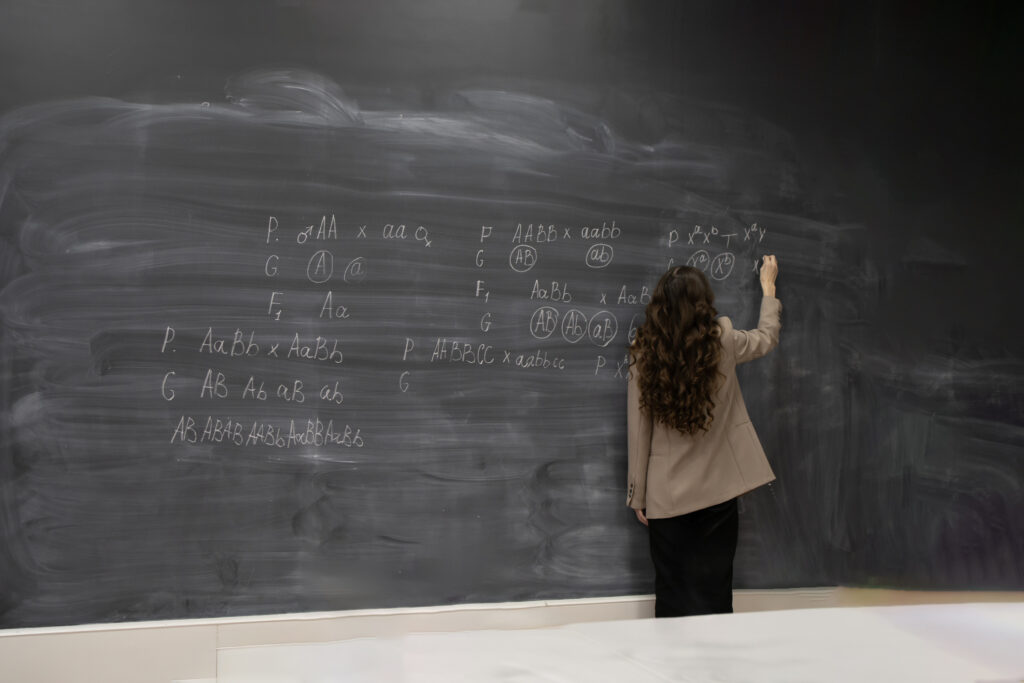Can public schools that poorly serve our children be guilty of a subtle form of child abuse? To me, the answer to that question is yes and the problem is pervasive, affecting nearly every public school system.
I blame social promotion and the deceptive practices associated with it. Private schools are also afflicted, though not as severely.
Federal and state achievement tests show significant numbers of children are not proficient in their grade levels. The problem can be traced to three major factors:
- Social promotion, wherein children who have not achieved proficiency in their grade-level skills are promoted rather than held back until they achieve it.
- Counterfeit diplomas, given to high school graduates who lack 12th-grade proficiency.
- Doctored state achievement test scores, improperly inflated well beyond national criteria.
Each is harmful. Social promotion harms students by ignoring their academic needs. Counterfeit diplomas harm recipients by leaving them unprepared for college. Inflated scores on state-administered achievement tests harm parents who rely on this misinformation to choose inferior public schools.
But is this really child abuse? To qualify as abuse, there must be a wrongful action. In each instance cited above, unethical and dishonest actions caused the harm. Thus in my lexicon, it’s child abuse.
Uncovering the Data
Some readers will say, “Surely there are school systems that do a good job educating our children. Most suburban systems say they’re good. Many children get top grades, become members of the Honor Society, and even get into good colleges. Aren’t these public schools at least adequate?”
Let’s test that by comparing two “superior” school districts.
Barrington is Rhode Island’s best public school district, and Piedmont is one of California’s top districts. According to their respective state achievement tests, approximately 80 percent of their children perform at or above grade-level proficiency.
But the schools inflate the scores compared to the federal National Assessment of Educational Progress (NAEP) examinations. Upon removing the inflation, one is sobered to find less than half of these children meet proficiency standards. In 12th grade, most of their diplomas are unearned.
Nationwide, where do our schools stand? From the NAEP tests, we know only about one-fourth of our public high school graduates are proficient or better–indicating 75 percent of high school diplomas are invalid. In private schools, the NAEP results suggest about 55 percent of diplomas are bogus.
The contagion is not limited to the K-12 years but has infected our colleges as well, according to literacy statistics from the U.S. Department of Education that show college graduate competence is slipping.
Fixing the System
Who’s to blame? Surely parents, teachers, administrators, reporters, state governments, and voters each bear some responsibility. Each can take actions to reduce or eliminate the abuses identified here.
I think before revamping instructional methods and curricula, the school systems need a more fundamental reform: They need to adopt stronger ethics. Where better to start than by instituting an “honesty is the best policy” approach? That would end social promotions and ensure diplomas are earned and test results are authentic.
Restoring integrity to our public education systems would provide a firm foundation on which these important institutions could be further rehabilitated. Otherwise, our children will continue to suffer.
David Anderson ([email protected]) is a private school developer of the Stellar Schools Franchising Project based in Rhode Island.
For more information …
“OnStateProfNums.doc,” by David V. Anderson, October 4, 2006, http://www.stellarschools.com/page35/page13/page13.html
“Student Achievement in Private Schools: Results from NAEP 2000 2005,” by Marianne Perie, Alan Vanneman, and Arnold Goldstein, Institute for Education Sciences, U.S. Department of Education, December 2005, http://nces.ed.gov/nationsreportcard/pubs/studies/2006459.asp



